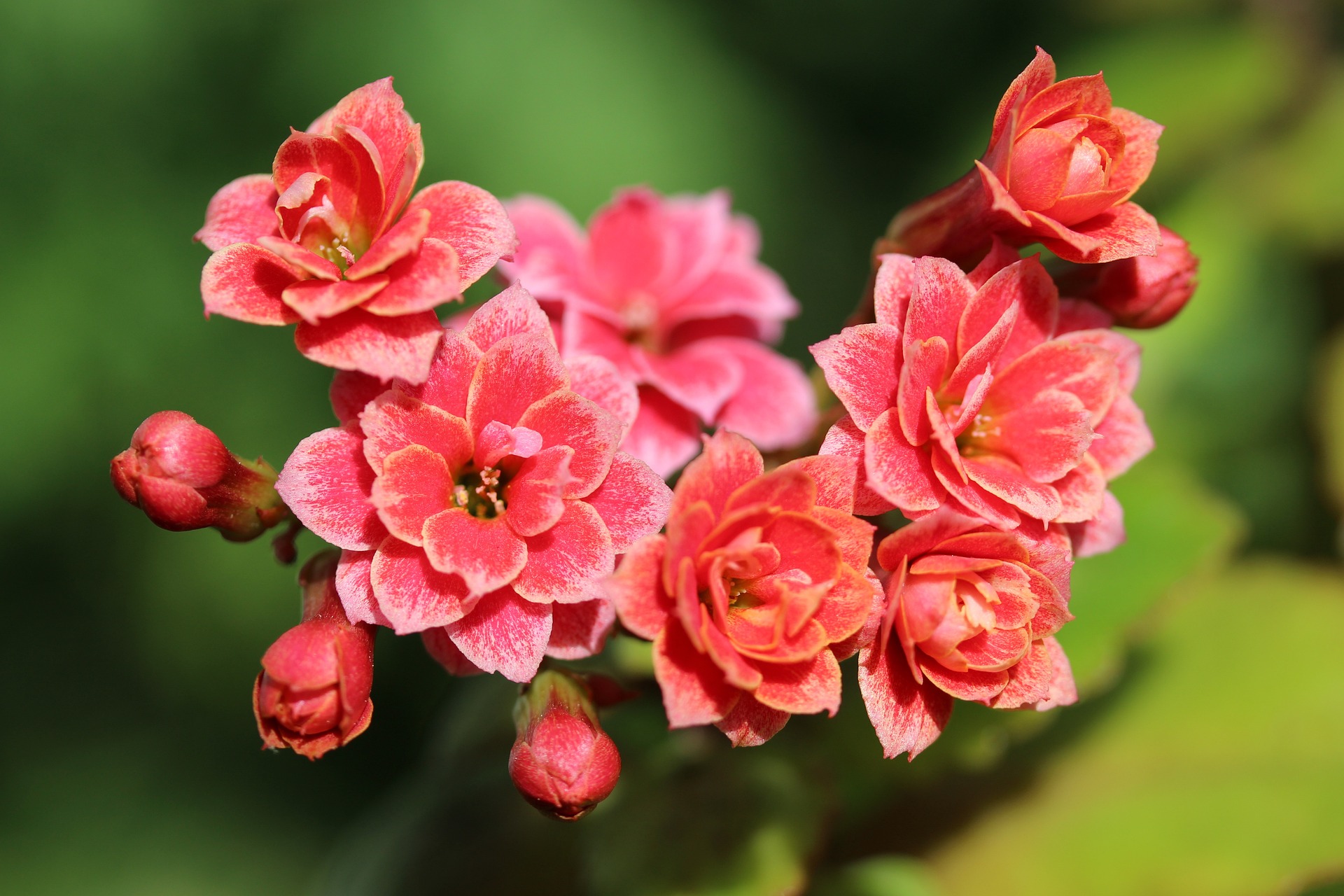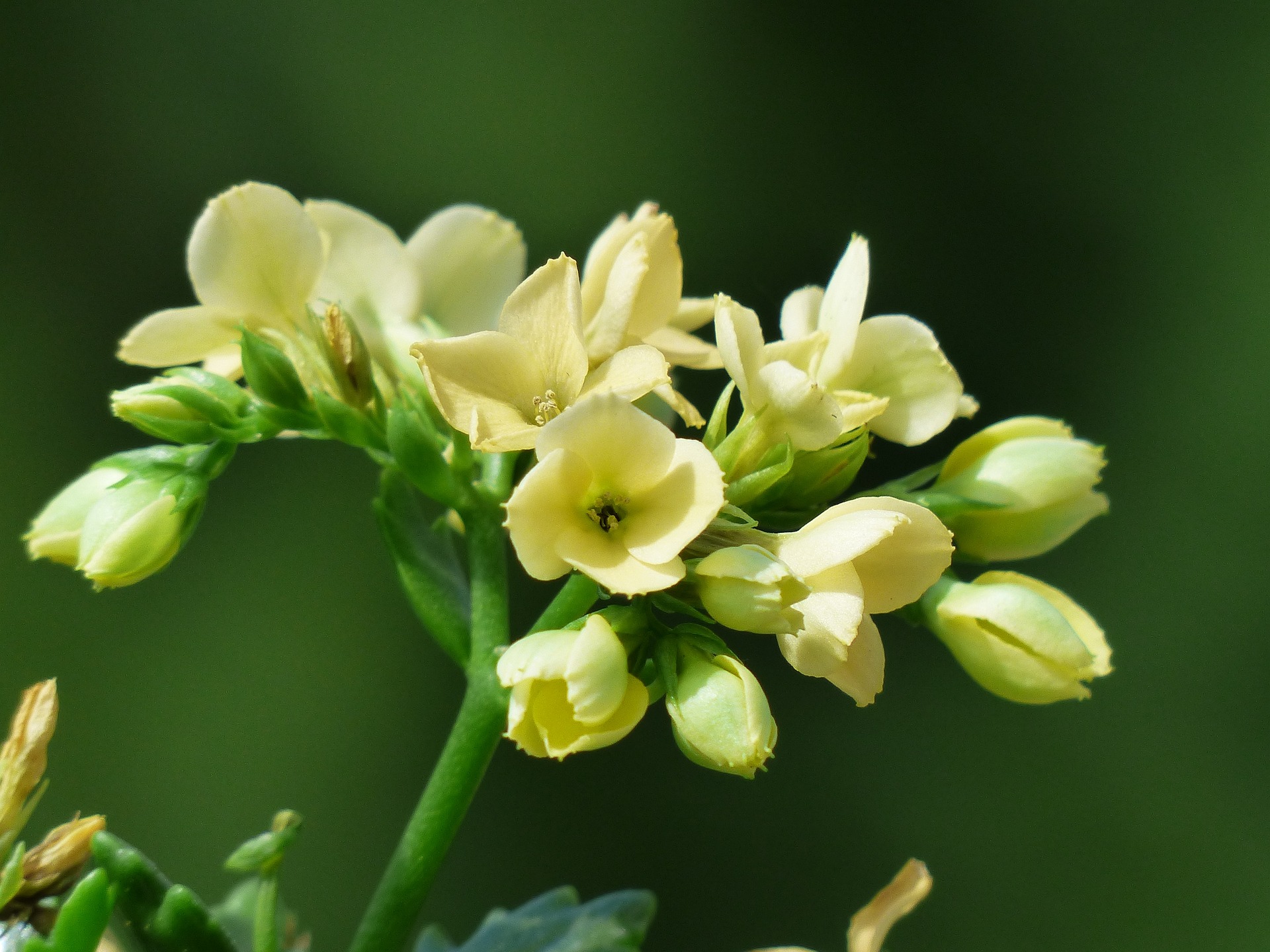How to Care For a Kalanchoe Plant in Indoors

Introduction
Kalanchoes Plant are very popular for their tiny flowers and oval-shaped, scallop-edged leaves. They are also famous for their bold, colourful blooms in shades of red, orange, yellow, or pink. It is native flower in Madagascar and Africa. Their long lasting flowers are a complement for them. They are also succulents with thick, fleshy leaves that compliment their.
Types and Cultivars of Kalanchoe Plant
There are a lot of varieties of Kalanchoe plant. In the whole world, there are more than 100 different types of Kalanchoe. Most of them are in color of white, red, pink, yellow and orange. Some popular types of Kalanchoe is – Kalanchoe Blossfeldiana, Kalanchoe Tomentosa, Kalanchoe Luciae, Kalanchoe beharensis, Kalanchoe Pinnata, Kalanchoe Serrata etc. Kalanchoe Blossfeldiana is the most popular types of Kalanchoe plant.
This type is also called as ‘Queen Jodie’. Certainty Kalanchoe Blossfeldiana earned the namesake ‘Flaming’. It add amazing beauty with its fuzzy leaves. If want to have a sensory garden, you can plant it in your garden. Kalanchoe thyrsiflora is very beautiful as it has large, paddle-like leaves. This types of kalanchoe plant also known as Flapjacks plant. It is look like K. luciae.
How to Grow and Care Kalanchoe Plant
Here you will get some ideas about growing and caring of Kalanchoe plant.
Choose the Location and Light
Kalanchoe plant needs a location with bright and indirect light. It grows better in outdoor. But if you can care them properly, plant them in your indoor garden. But remember that the planting spot must be well drained and have full sun at least for 6-8 hours. Loamy and sandy soil is best for them. The ratio of soil and potting mix should be 1:1.For indoor garden, a south facing window is needed. When the plant is succulent, the soil must not be waterlogged. Waterlogging is harmful for Kalanchoes roots.
- Watering the Kalanchoe Plant: Minimal watering is important for Kalanchoe plant. Water the soil properly and let the soil be dried completely. After the soil is dried, water the soil again.By following this watering process, you can make a beautiful Kalanchoe garden .This process will help to prevent the root rot.
- Temperature and Humidity: 55°F-80°F is needed for the Kalanchoe plant. Remember Kalanchoe can’t thrive below the temperature 55°F. So Don’t plant them in outdoor if you are in USDA hardiness zones 10-12.This plant is not fussy about humidity.
- Fertilizing: Kalanchoe don’t need fertilizer very much because it is not a heavy feeder. Though it can thrive without fertilizer but you can use a balanced fertilizer. For Kalanchoe plant mix half-strength during the summer growing season. Don’t use fertilizer in winter. Fertilizer with high phosphorus can improve flowering sparse.
- Pruning: In indoor gardens, most Kalanchoe grow around 12 inches tall. So pruning is not necessary every time. But you can prune back leggy growth to maintain bushy shape and a compact.
- Repotting: Kalanchoe becomes more beautiful with a lot of blooms. Repot Kalanchoe regularly to encourage blooming pump. Kalanchoe can be repotted in fresh potting mix every 1-2 years. You have to choose a larger container than the certain one. Use clay or terracotta pots because they dry quickly and can also promote good drainage.
- Propagation: Cut the leaf or stem of Kalanchoes. Then place them in soil and wait for some days, they will root and grow into new plants.
- Growth Rate: They become mature after 2-5 years of planting . Kalanchoes are. slow growing plant. Flaming katy Kalanchoe can be reached about 12 inches and paddle plants can grow to more than two feet tall at velvet-leaf kalanchoe which can grow up to 5 or 6 feet tall inside.

Pests and Diseases of Kalanchoe Plant
Some pests and diseases can affect Kalanchoe very much. You have to get some knowledge about them, so that you can prevent them easily.
Let’s know about them –
- Pests: One of the dangerous pests is Aphids. It looked small and its body was soft . Leaf curling and stunted growth can be caused by them. Mealybugs are the pests which can cause leaf drop. Mealybug is a mass that looks white and cottony. Spider mites are like pests and they can create fine webbing and cause yellowing of leaves. And the last one is Scale Insects. They are hard, shell-like pests that attach to stems and leaves. They lead to yellowing and weakening of the plant.
- Diseases: Usually three types of diseases lead Kalanchoe unhealthy. One of them is root rot. Overwatering or poorly draining soil can cause root rot. If the leaves become yellow and plants root becomes mushy, sure about that they are caused for root rot. Powdery mildew is a fungal infection. White powdery spots on leaves appear on them. Last one is leaf spot. Dark spots can be caused by various fungi on leaves, which may eventually lead to leaf drop.
Pest Control and Disease Management
You can use insecticidal soap or neem oil for infestations. Keep an eye on plants and maintain good airflow to control pest. Well -draining soil is essential to prevent diseases. Always avoid over watering and maintain good hygiene around the plants. If any leaves became affected, remove them. You can treat with fungicides if needed. Regular monitoring and proper care can help keep Kalanchoe healthy and thriving.
Conclusion
By following all this ideas you can grow Kalanchoe plant easily. Monitor regularly and care them properly. Kalanchoe can be flourish, and it brings beauty and enjoyment our garden.

One Response